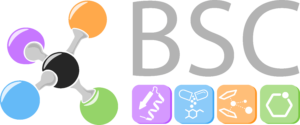Chemo-Enzymatic Cascade for the Generation of Fragrance Aldehydes
Publication Title: Chemo-Enzymatic Cascade for the Generation of Fragrance Aldehydes by Daniel Schwendenwein, Anna K. Ressmann, Marcello Entner, Viktor Savic, Margit Winkler,* and Florian Rudroff* Catalysts 2021, 11(8), 932; https://doi.org/10.3390/catal11080932 Abstract In this study, we present the synthesis of chiral fragrance aldehydes, which was tackled by a combination of chemo-catalysis and a multi-enzymatic in vivo cascade reaction and […]
Chemo-Enzymatic Cascade for the Generation of Fragrance Aldehydes Read More »


